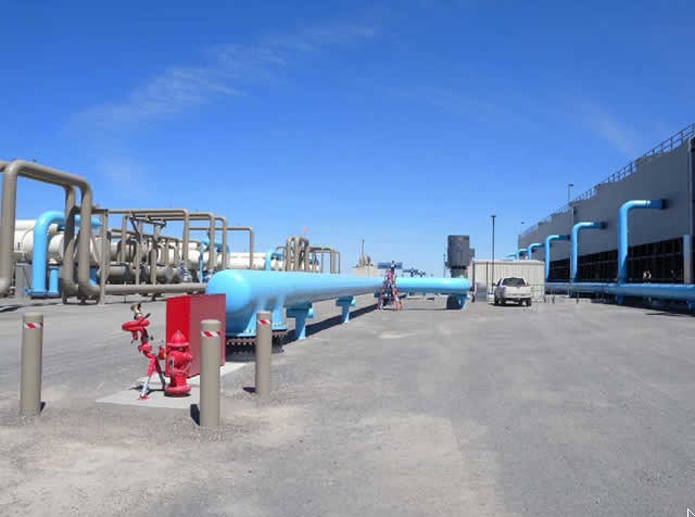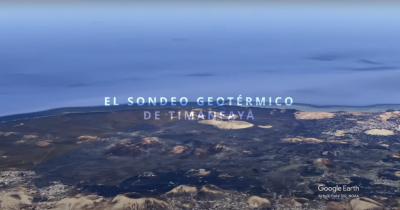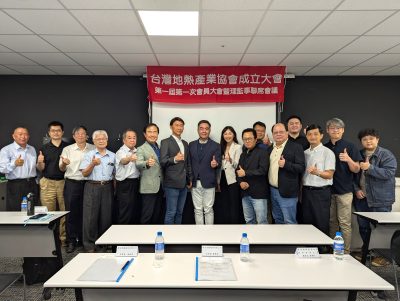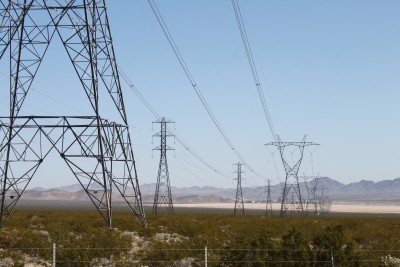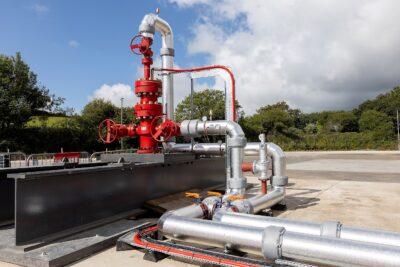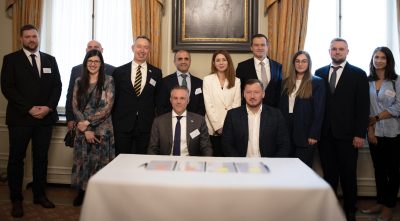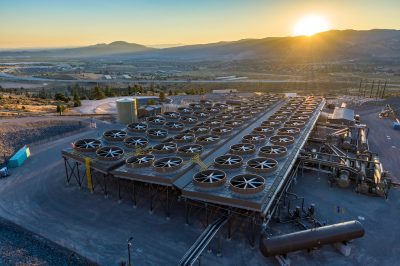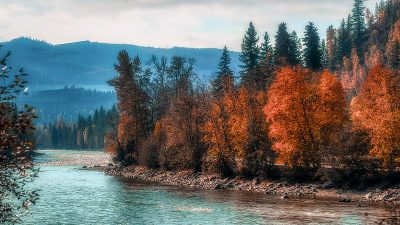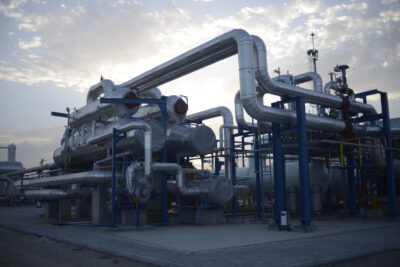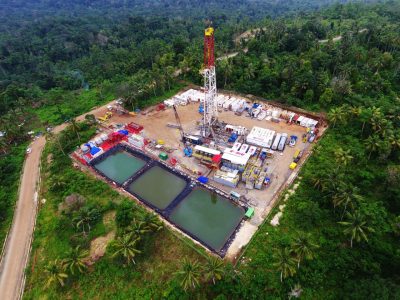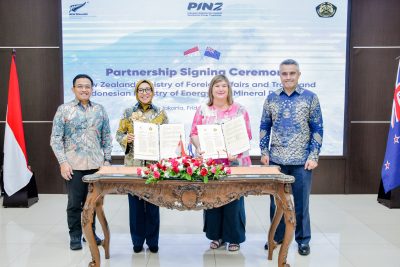Nevada development challenged by size of projects and resource accessibility
With the widening of exploration in the state of Nevada, developers face challenges of finding those resources, finance exploration and deal with less favourable project sizes of 30-50MW per project.
A recent article from Nevada looks at the challenges faced by the industry with the widening exploration in the state.
It talks about that initially companies went for easy targets, but as those sites “are developed”, the “geothermal industry now looks farther afield for prospects — a search that is substantially more expensive and risk-filled. The stakes are big.”
Geothermal resources could meet 35 percent ore more of Nevada’s electricity demand. But now the obvious locations are taken and the “low-hanging fruits”, as industry players such as Paul Thomsen of Ormat Technologies often refer to, have been developed with the search for resources now extending to regions not as obviously blessed with geothermal resources. Those resources need to be predicted through various technologies, such as aerial magnetic imaging to identify sites with geothermal development potential.
Just last week we reported here on Mustang Geothermal, a Nevada based developer, having bought aerial magnetic survey data, to identify and explore potential geothermal sites.
So the “single biggest risk for us is finding the resource,” says Thomsen. With experienced staff, which is hard to find, you still might not face the situation that they aren´t always right.
There are recent examples of companies, who had to report exploration costs that didn´t work out as intended,
And then clearly there is the situation of raising the necessary financing. Both investors and lenders are simply rather hesitant based on the risk of exploration in geothermal, so this is a huge challenge for developers.
As industry players will tell you, “Equity is doing the exploration” (Shuman Moore, CEO of Oski Energy). With the risk profile you have to invest your own and that you need to raise. Investors that are willing to accept the risk involved are hard to come by despite the potentially high reward of those deals.
While industry players, such as Moore, report that the exploration drilling success runs at about 60-80 percent, this isn´t really the complete picture. This is basically the issue of company and project size. With your first hole your chance is always 50/50. But with the drilling results of your first well you know more about the resources increasing the odds for well number two. At the same time some of the smaller developers simply don´t have the chance raising the necessary money after one or two dry holes, essentially “putting them out of business”.
There are also stories, just like recently from Canadian developer Nevada Geothermal Power, a company that was able to raise the necessary finance, drill and construct a geothermal power plant, only to be faced by dropping production through a decline in water. Clearly an obstacle with challenges to serve debt of the company for the project. So this not only might affect your investors and banks, but also the buyer of your electricity – in this case NV Energy.
“The Great Basin Center for Geothermal Energy at the University of Nevada, Reno, is helping to mitigate the resource-exploration risks faced by the geothermal industry, helping the industry to learn more about the geology”, which can help developers in the state to find and develop resources in Nevada. One of the findings of the Great Basin Center so far is that actual plant size might be with 20-50 MW smaller than initially anticipated 100MW plants sizes in Nevada.
The smaller plant size also puts odds on possible transmission and the disadvantage of geothermal of not being able to scale production, just like wind and solar can, putting itself clearly at a disadvantage in negotiations with utilities. But at the same time geothermal offers a base-load capacity, which is an advantage over wind and solar.
And then – one point the industry also faces – is that with an investment of around US$4-5MW and an average investment need of US$150-200 million in loans is not big enough for investment banks to justify the work it needs to put in.
In the end though, construction and project financing is not the big challenge, as the long-term payback and general economics are good for geothermal plants and companies like John Hancock and others are interested in getting into geothermal. But to get there the industry needs those equity investors and investors that are willing to take that exploration risk.
Source: Northern Nevada Business Weekly
